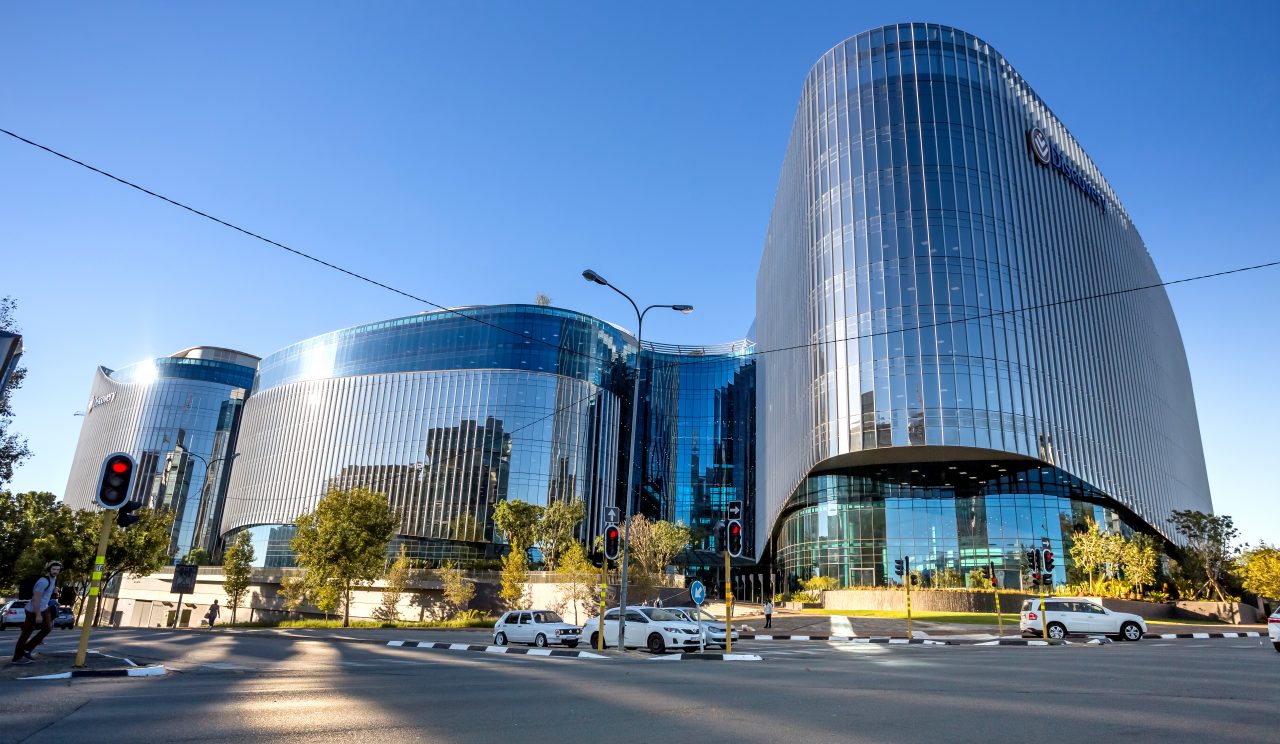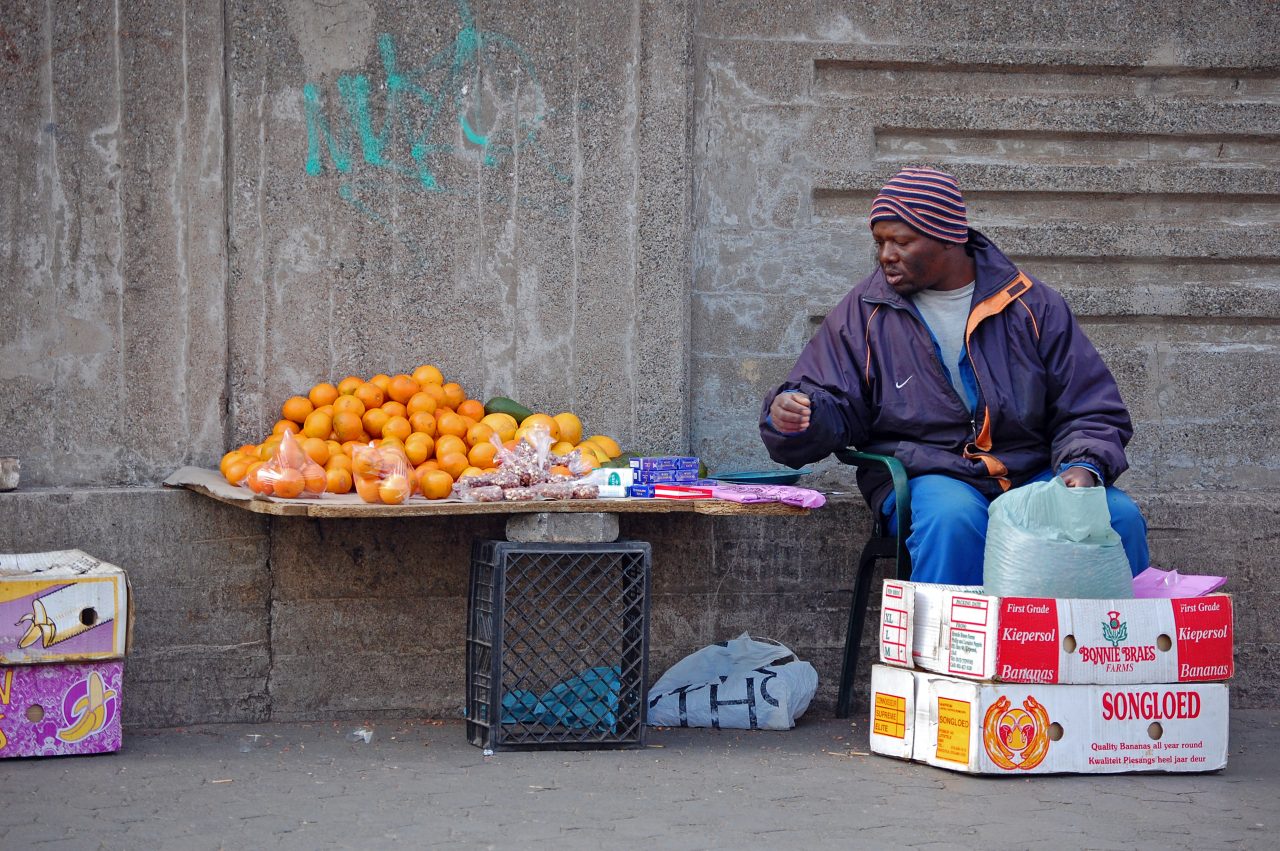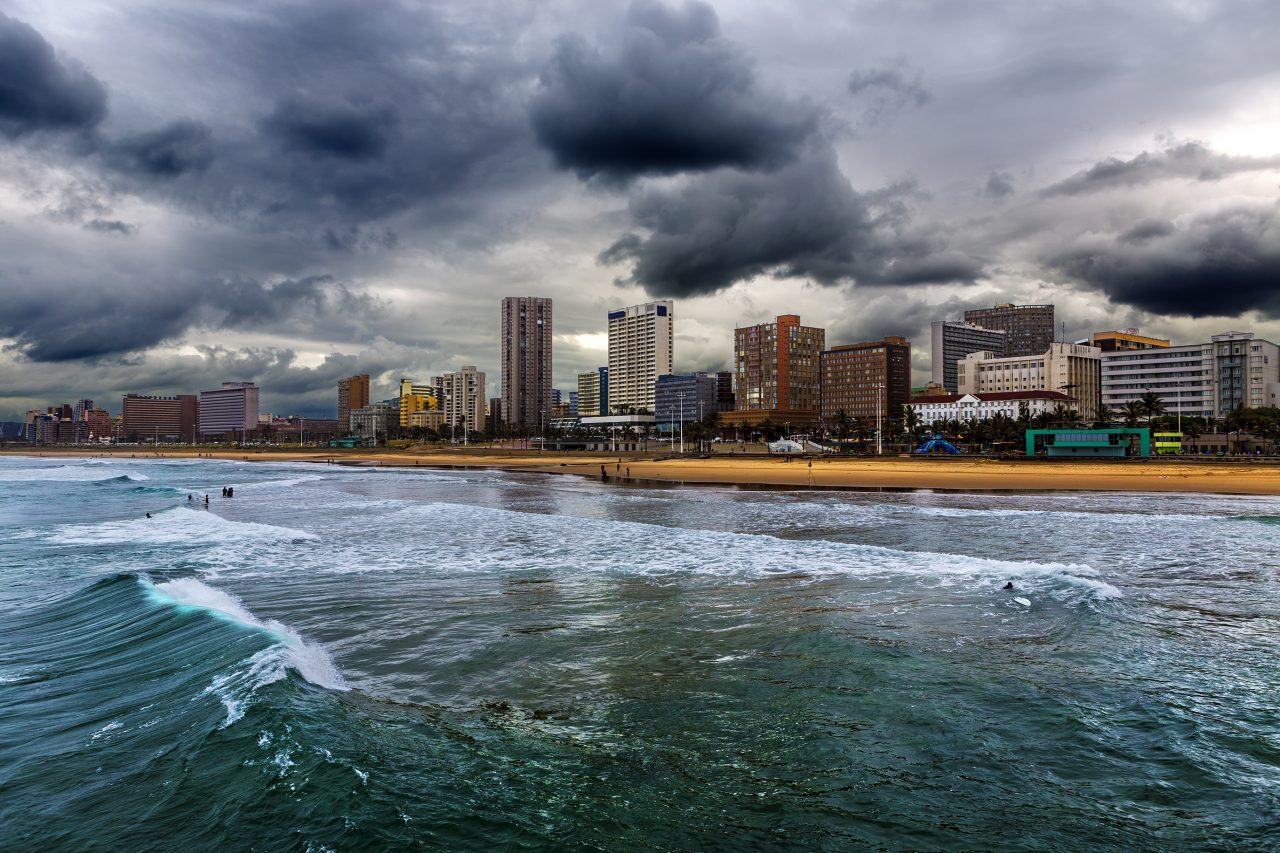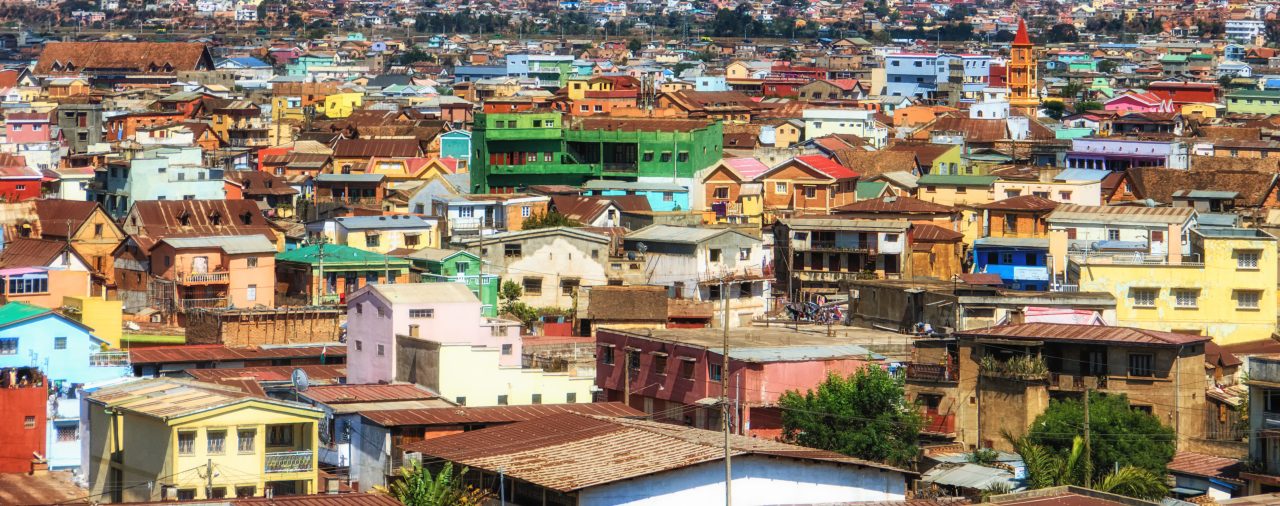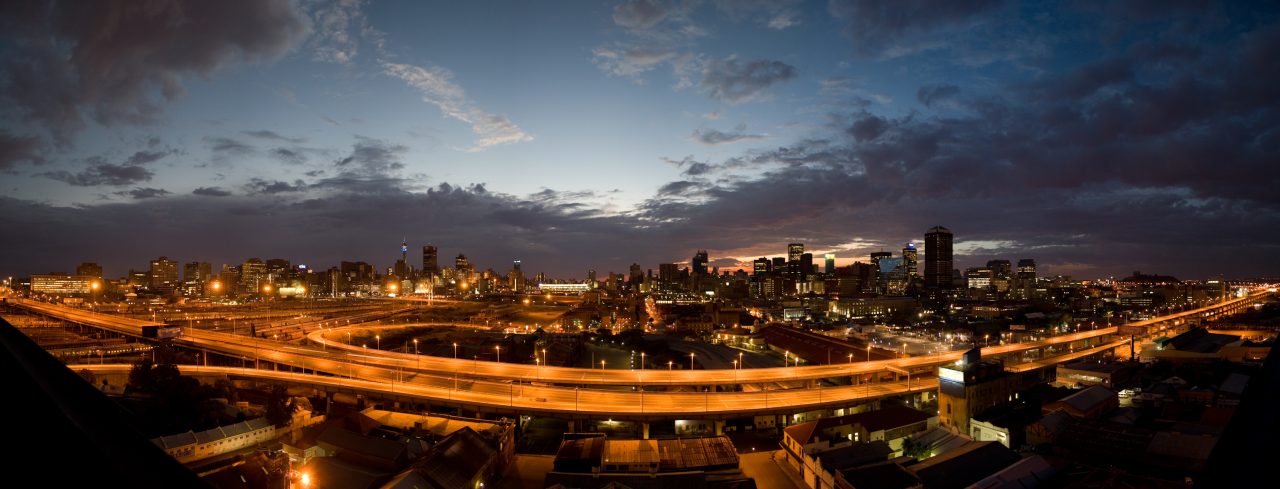Join GlobalBizzNetwork and start your international business network today.
Education
THE role of higher education in developing a country cannot be overstated. It has long been recognised that the effect of the quality of human capital on productivity is the single most important factor driving economic growth and development. To that end education is the best device available to society to build human capital which, in turn, boosts the national competitiveness required to deliver wealth and prosperity.
In these terms, it is appropriate that state spending on education is the largest item in South Africa’s national budget. That, however, does not necessarily mean that higher education institutions deliver the human capital required by the economy. Moreover, in terms of global competitiveness, South Africa’s institutions have to show a return on public investment that matches and outstrips the best in the world.
On a macro scale, the UN culture and education agency Unesco’s figures show that South Africa fares relatively well in global competitiveness. In the US, for instance, of that country’s more than 3,000 higher education institutions, only about 3.3% are ranked among the world’s top 400 institutions out of a total of 17,000. In South Africa, three universities out of 36 institutions (13%) are ranked among the top 400.
As a measure of competitiveness, ranking may not present a complete picture of the global competitiveness of South Africa’s institutions, since it is heavily biased to favour research output which, in turn, favours older and more established research-orientated institutions. South Africa’s economy and the state — as the main investor in the sector — demand instead a high output of graduates. Among other consequences, that results in a phenomenon known as massification, which occurs at the expense of postgraduate studies and research output, as discussed elsewhere on this page.
In part, South Africa’s relative outperformance can be explained by its developmental status. Developed economies such as that of the US remain in the grip of economic crises that has slowed growth and, as a consequence, has slowed continued investment in education. In developing economies, particularly those such as South Africa that are weathering the worst of the downturn, growth rates are higher and have allowed them to maintain and expand higher education.
For South Africa it means the policy implications of expanding higher education must be in establishing and consolidating robust quality assurance and monitoring processes that will contribute to the national knowledge pool where it is most needed. The result is that the country has a policy framework that encourages access to education for socially and economically disadvantaged people and which encourages institutional diversification.
This line of reasoning does not dismiss the models deployed in developed economies, though the consensus appears to be that developed countries could contribute to developing the capacity of less developed economies to implement policy reforms and widen access to all levels of education by providing expertise as well as encouraging flows of capital for investment in education.
A truer measure of competitiveness is therefore the contribution South Africa’s institutions make to the national economy as well as to society in its broadest sense. In a study on the subject by Higher Education South Africa (Hesa), its CEO, Prof Duma Malaza, says the debate should not be dominated by economic arguments. “The contributions of higher education are indeed much larger and include less tangible aspects such as building better lives, creating informed citizens, deepening democracy and promoting social inclusion and cohesion.”
Hesa, a non-governmental organisation, is an association of South Africa’s public university vice-chancellors. The study (Higher Education Impact: Universities in the South African Economy) clearly shows the need for public investment in higher education as one of the key long-term strategies for stimulating national economic growth.
As a sector, higher education is sizeable compared to other sectors in the local economy, contributing more than R20bn a year to gross domestic product (GDP). The sector’s main source of income, at 43%, is state subsidies, with some institutions receiving as much as 57% of their income from the state. On average, student fees contributed about 28% to revenue and investment income an average of 7.7%, though some institutions earned up to 27.6% from that source, according to the Hesa study.
The main item of expenditure is on staff, with an average of 31.5% of income spent on academic salaries, and 23.7% on non-academic salaries. About 36.5% is spent on goods and services.
The fact that education and higher education in South Africa are large national budget items does not, however, render the sector globally competitive as a matter of course. The study has found that increased government spending on higher education by itself (that is, without accompanying increases in the professional labour force and factor productivity) has negative effects on GDP and other economic variables. “The money therefore needs to be spent selectively before one could claim that additional spending would benefit the economy.”
One option the study offers is the retraining of staff on the reasonable expectation that it would yield positive effects for the South African economy, but it is a costly option. “For every R1 that the economy would grow, the government would have to spend up to R2 to accomplish the growth,” it says.
The South African bias towards putting greater numbers of matriculants through the higher education system would have much greater effect on GDP, the study suggests. “It is estimated that the effects would be four to five times higher than those of the retraining of other workers.”
